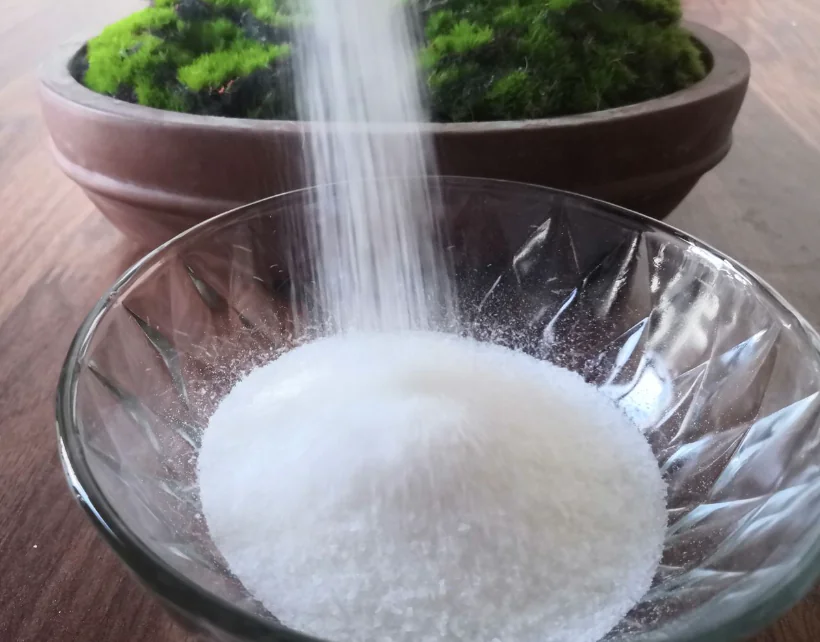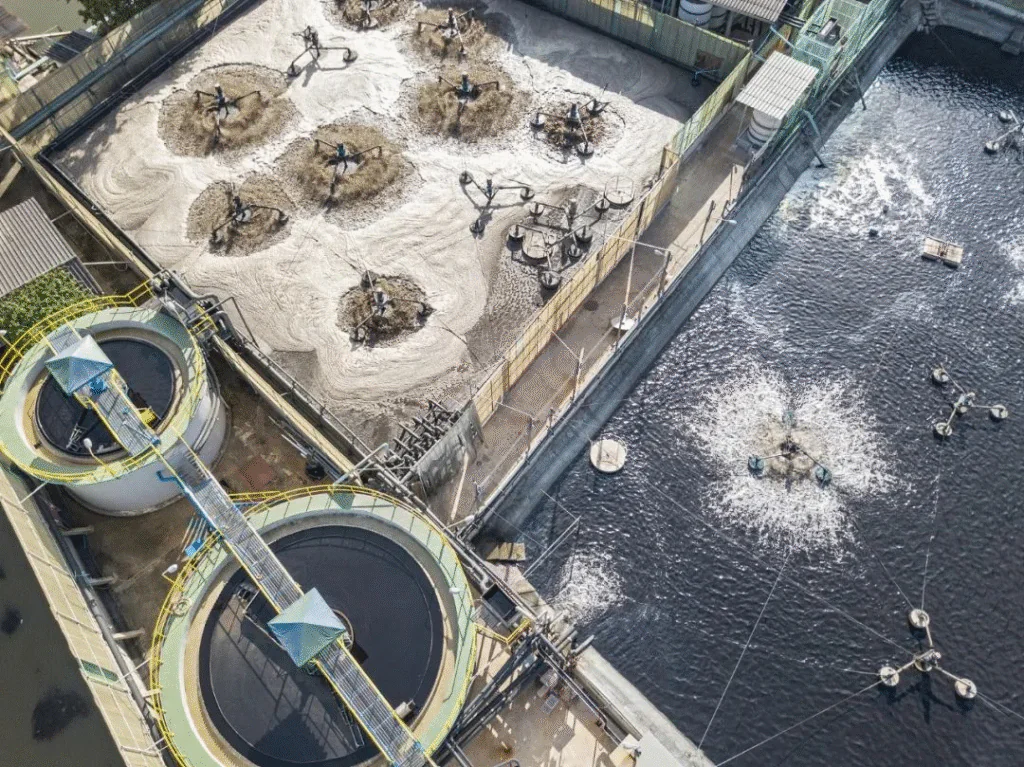Polyacrylamide (PAM) is a very effective flocculant and coagulant aid.
It is widely used in wastewater treatment, sludge dewatering, and recycling water treatment.
While PAM is powerful, the dosing must be well controlled.
Overdosing PAM can lower treatment efficiency and harm water quality, sludge dewatering, and biological systems.
This article explains the types of PAM, its role, and four major risks of overdosing. It will help companies improve water treatment results and reduce costs.

Types and Roles of Polyacrylamide
Based on ionic type, PAM can be divided into:
🔹 Nonionic PAM (NPAM): Used for sludge dewatering and water clarification,suitable for low turbidity water or high salt wastewater.
🔹 Anionic PAM (APAM): Used for inorganic wastewater and sludge dewatering. Widely used in industries such as mineral processing, metallurgy, and chemical engineering.
🔹 Cationic PAM (CPAM): Best for organic wastewater and sludge. Common in dyeing, paper making, and food processing industries. Its positive charge helps it bind quickly to negatively charged organic matter, improving dewatering.
In real use, PAM is often combined with inorganic coagulants like PAC or iron salts to boost separation. However, no matter which type, dosing must be correct to avoid problems.
Four Main Effects of Overdosing PAM
① Impaired Flocculation & Deteriorated Water Quality
During sedimentation, PAM helps inorganic coagulants bind small particles into larger flocs.
When dosed correctly, flocs are strong and settle quickly.
During the flocculation-sedimentation stage, polyacrylamide (PAM) acts as a coagulant aid, synergizing with inorganic coagulants (e.g., PAC) to aggregate fine suspended particles into larger flocs. At optimal dosing: flocs are strong and settle quickly.
Problems with overdosing:
🔻 Excessive PAM coats floc particles, increasing intermolecular forces and weakening bridging adsorption.
🔻 Flocs become loose and break easily, making water turbid
🔻 Water viscosity rises, slowing down settling, and flocs may not even settle.
💡 Solution:
✅ Conduct jar tests to determine site-specific PAM dosage
✅ Adjust dosing to avoid turbid water.

② Problems in Recycling Water and Membrane Systems
In industries like sand washing, coal washing, and cooling water recycling, PAM is applied to remove suspended solids and maintain water clarity.
Problems with overdosing:
🔻Excessive residual PAM accumulates in recycled water, gradually reducing flocculation efficiency (e.g., zeta potential shifts to neutral) and even causing non-flocculation phenomena.
🔻 PAM forms a gel-like layer on membrane surfaces (RO/MBR systems), leading to:
- Membrane fouling
- Reduced permeate flux
- Increased cleaning frequency
💡 Solution:
✅ Routine monitoring of PAM residuals in recycled water
✅ Install pretreatment units (e.g., activated carbon filters, ultrafiltration) upstream of membranes to control PAM carryover.
③ Affects sludge dewatering, causing sludge to become sticky and filter cloth to clog
During the sludge dewatering stage, PAM is mainly used to improve the efficiency of sludge water separation and promote sludge dewatering. But its dosage must be precisely controlled, otherwise it will affect the dehydration effect.
Problems with overdosing:
🔻Excessive PAM can cause sludge to become excessively viscous, filter cloth to easily clog, and affect the operation of dewatering equipment.
🔻 Sludge is prone to “sludge leakage”, which leads to poor dewatering effect, increased moisture content in the sludge cake, and increased sludge treatment costs.
🔻 Biological treatment efficiency drops.
💡 Solution:
✅ Determine the optimal PAM dosage through experiments to ensure good sludge dewatering effect.
✅ Adopting appropriate PAM molecular weight and adapting different types of PAM to different sludge to avoid excessive dosage
④ Affects the biochemical system and reduces the capacity of activated sludge treatment
In the biochemical stage of sewage treatment, PAM is usually used for auxiliary sedimentation in the secondary sedimentation tank. But if the dosage is too large, some PAM will flow back to the biochemical system with the sludge, affecting microbial activity.
Problems with overdosing:
🔻 PAM will encapsulate activated sludge, affecting the ability of microorganisms to degrade pollutants.
🔻 Excessive PAM may reduce the oxygen content of sludge, affect the activity of nitrifying and denitrifying bacteria, and ultimately lead to a decrease in biochemical treatment efficiency.
💡 Solution:
✅ Reasonably control the dosage of PAM in the secondary sedimentation tank to avoid affecting the biochemical system.
✅ Adopting an online monitoring system to detect PAM residues in real-time, ensuring the stable operation of the biochemical system.

Conclusion: How to Use PAM Correctly for Best Results
🔹 Dose Smart: Use water quality data to set the right PAM dosage.
🔹 Test First: Always run small tests for different water types to find the best PAM and dose.
🔹 Monitor Online: Adjust PAM dosing based on turbidity, floc quality, and sludge moisture.
🔹 Split Dosing: In complex systems, add PAM in stages to increase efficiency and reduce waste.
Using PAM correctly boosts wastewater treatment, cuts chemical costs, and reduces equipment maintenance.
It helps companies meet environmental standards while maximizing economic benefits.
